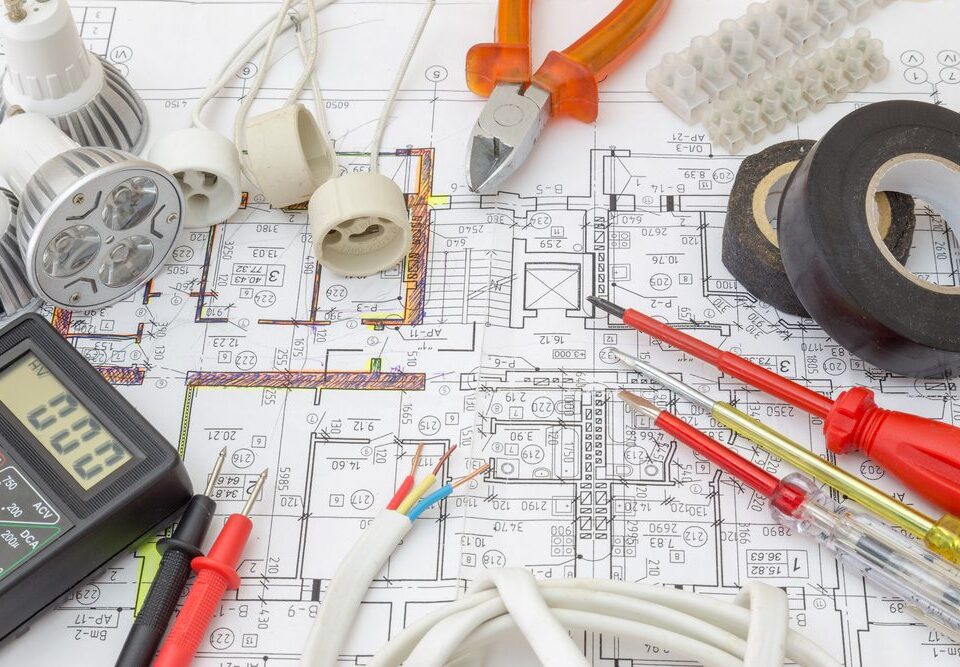Key Benefits of Bulk Purchasing and Integrator Partnerships
1. Cost Savings Through Volume Discounts
One of the biggest advantages of bulk purchasing is the ability to access volume discounts. Suppliers often offer lower prices per unit when contractors commit to large orders.
Example: A contractor purchasing 1,000 feet of electrical wiring instead of 100 feet may receive a 20% discount per unit, leading to substantial savings over time.
Impact: Lower material costs directly improve profit margins on projects.
2. Increased Negotiation Power
By purchasing materials in bulk and establishing long-term partnerships, electrical contractors gain greater leverage in negotiating:
🔹 Better pricing on materials
🔹 Flexible payment terms (e.g., net 30 or net 60 days)
🔹 Exclusive deals on high-demand products
Example: A contractor who regularly purchases from the same supplier can negotiate price locks, protecting against market fluctuations.
3. Reduced Supply Chain Disruptions
Supply chain disruptions can delay projects and increase costs. Partnering with reliable contractors ensures a steady supply of materials, reducing the risk of project delays.
Solution: Establish preferred vendor agreements to guarantee availability during peak demand.
Example: Instead of sourcing from multiple vendors with unpredictable stock levels, a contractor can secure priority access to essential materials.
4. Streamlined Inventory Management
Bulk purchasing enables better inventory planning, reducing overstocking and material shortages.
Advantages:
🔹 Avoid last-minute rush orders, which are often more expensive.
🔹 Store high-use materials in centralized warehouses for easy access.
🔹 Reduce the risk of supply shortages affecting project deadlines.
Example: Contractors using just-in-time inventory systems can keep essential supplies stocked without excessive carrying costs.
5. Improved Efficiency and Project Scheduling
Securing materials in advance reduces project delays, ensuring smoother workflows.
Benefits:
🔹 Faster project completion due to material availability.
🔹 Better workforce management as teams don’t have to wait for supplies.
🔹 Reduced administrative work in sourcing materials repeatedly.
Example: Instead of placing multiple small orders for electrical panels throughout a project, a contractor can purchase all necessary panels upfront, eliminating procurement delays









